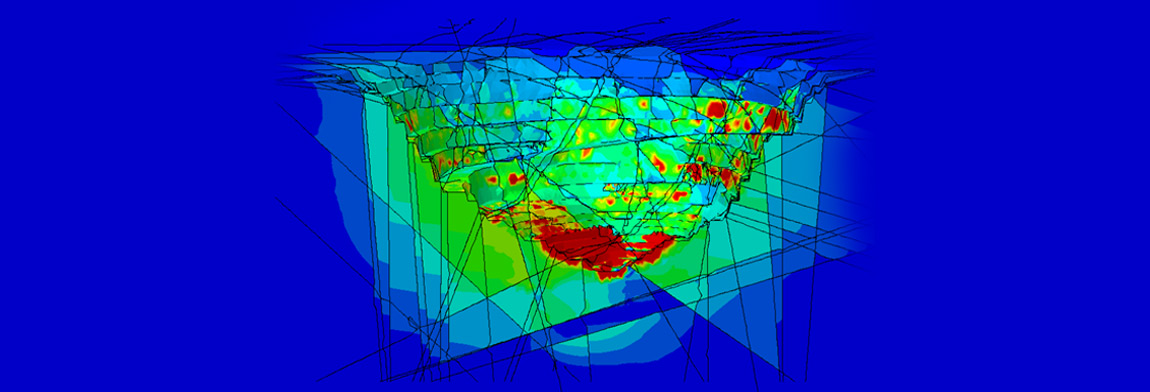New modeling frameworks have been developed that better capture the interaction between all of these controls on stability: rock, structure and water. We call this approach “high similitude modelling”, and it includes:
- Detailed three-dimensional geometry, including as-built pit shells, future designs, topography and schedules.
- Explicit structures, such as faults, shears, weak contacts and altered dykes.
- Time effects where data allows
- Realistic material models for the rock and structures including strain-softening (cumulative damage) and dilatant behaviour.
- Inclusion of pore water pressure and groundwater percolation effects as well as flow on faults.
- Direct calibration against field measurements of block and underlying slope movements, for model validation and calibration
- Quantified reliability and certainty.
In many mines around the world, realistic stability behavior has been shown to emerge naturally in the high similitude models, allowing reliable forecasts of pit behaviour, identification of geotechnical vulnerabilities and quantitative, field verification and calibration.
Over the past 15 years, Beck Engineering has assisted some of the most complex open pit mines. We regularly assist mines understand complex interactions with geology, infrastructure and underground operations.
Through Simulation Aided Engineering, we are able to review the mine‘s past performance and forecast its response to the proposed schedule through a detailed calibration process.
Speak to one of our engineers about incorporating Simulation Aided Engineering at your open pit mine. For more information please contact Dr David Beck.

